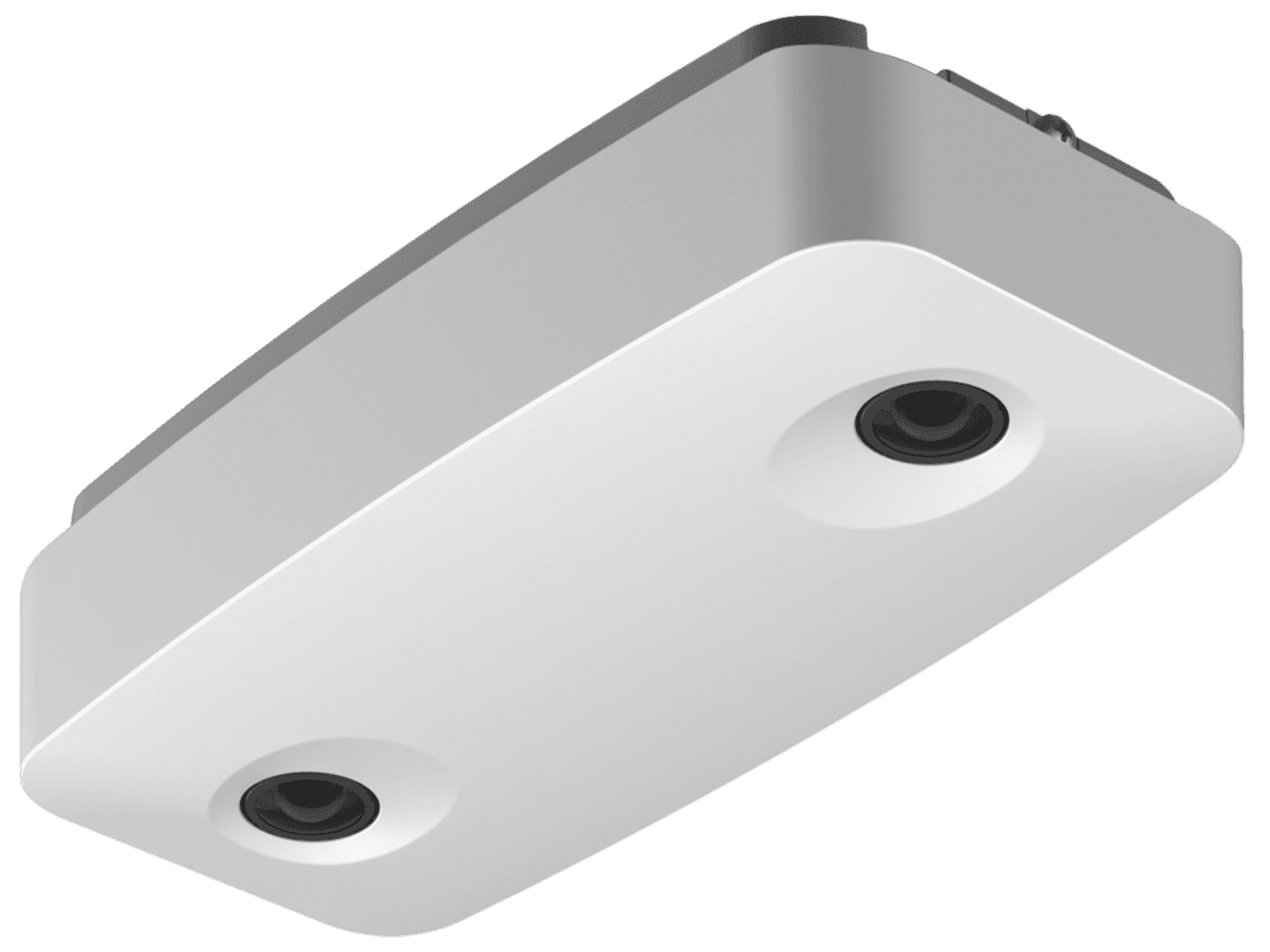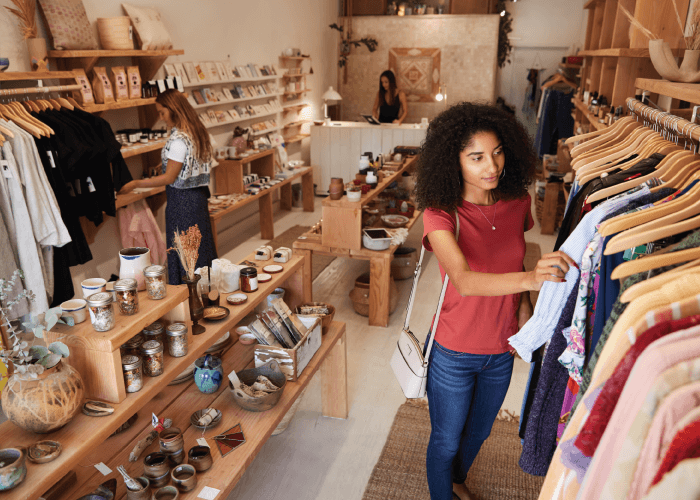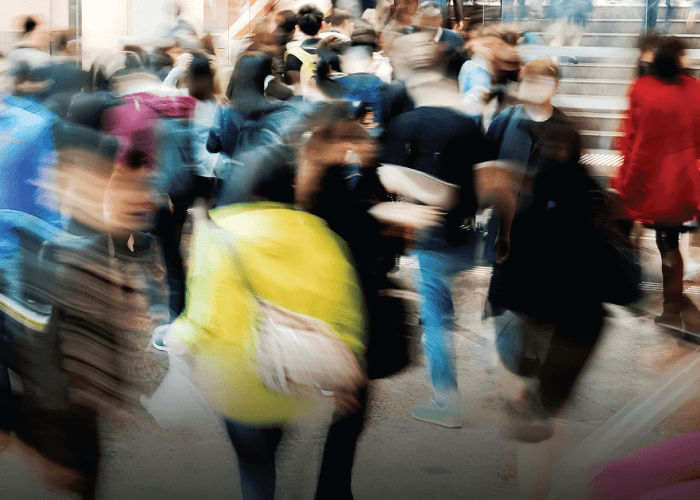10 Ways Technology Improves Your Retail Business
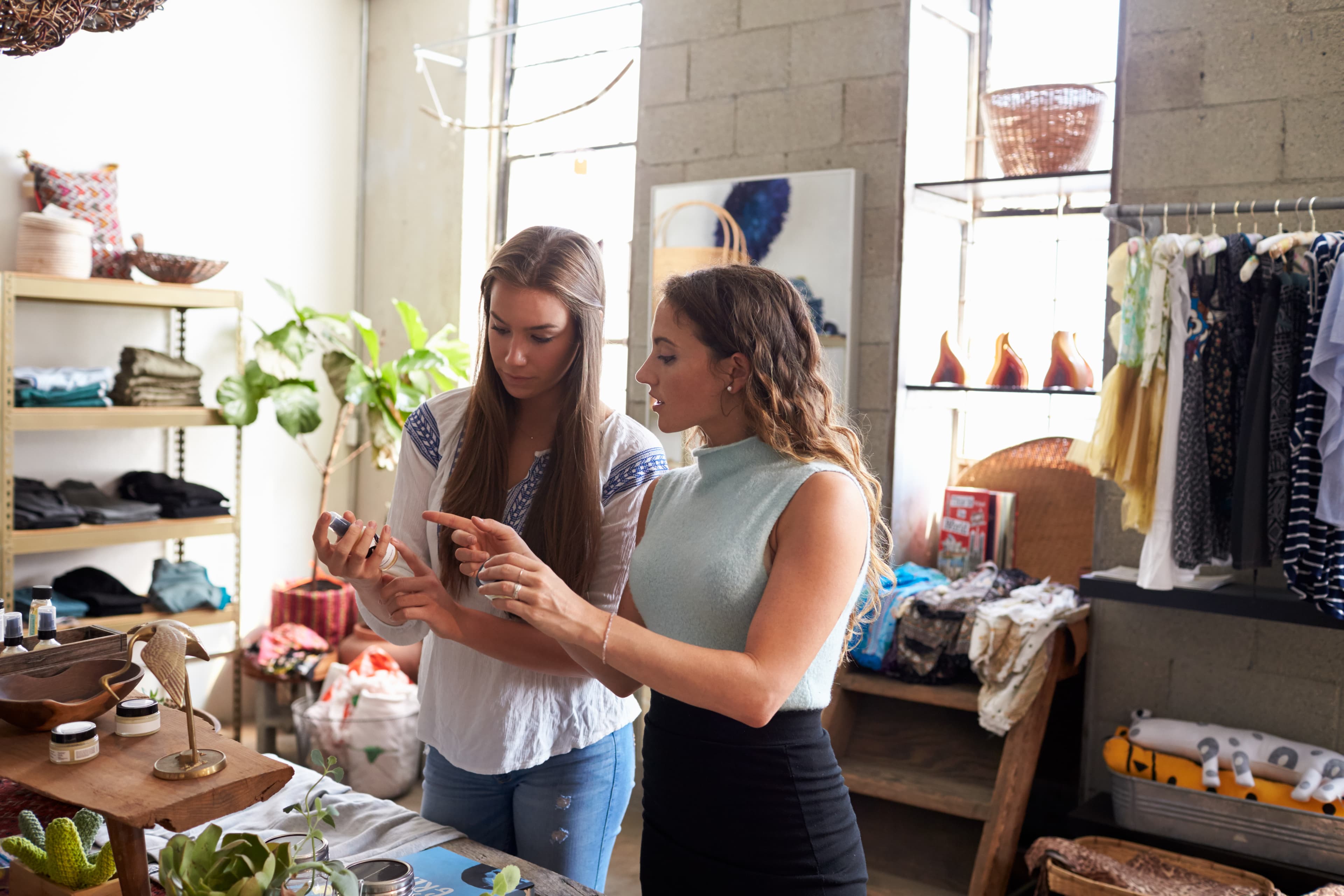
On this page
- 1. Optimized Store Layouts
- 2. Personalized Customer Experiences
- 3. Improved Inventory Management
- 4. Enhanced Customer Engagement
- 5. Streamlined Checkout Processes
- 6. Data-Driven Merchandising
- 7. Targeted Marketing Campaigns
- 8. Predictive Analytics For Demand Forecasting
- 9. Enhanced Customer Service
- 10. Competitive Advantage And Adaptability
Technology has become a crucial ally for retailers, transforming the way they operate and engage with customers. Among the many advancements, in-store analytics is emerging as a game-changer. It provides businesses with insights into consumer behavior, preferences, and trends. Let's explore how technology, specifically in-store analytics, is revolutionizing the retail landscape. We'll also look at real-life examples from major brands to illustrate this transformation.
READ MORE: How In-Store Analytics Fuel Sustainable Retail
1. Optimized Store Layouts
Technology enables retailers to analyze customer movement within the store, helping them optimize layouts for maximum engagement and sales. By leveraging heat maps and foot traffic data, businesses like Apple strategically position products and design store layouts to enhance customer experience and drive sales.
2. Personalized Customer Experiences
By utilizing in-store analytics, retailers can gain insights into individual customer preferences. This is achieved by tracking past purchases and browsing history, which allows businesses to offer personalized recommendations and targeted promotions. For example, Sephora uses its Virtual Artist app, which is powered by AI, to provide customers with personalized makeup recommendations based on their preferences and facial features.
3. Improved Inventory Management
Through real-time data analytics, retailers gain insights into inventory levels, product popularity, and seasonal trends. This technology enables retailers to optimize stock levels, reduce overstocking or stockouts, and minimize losses. Walmart's use of RFID technology for inventory management has significantly enhanced its operational efficiency by ensuring shelves are consistently stocked with the right products.
4. Enhanced Customer Engagement
Technology has made it easier for retailers to communicate and engage with their customers seamlessly. Interactive displays, digital signage, and smart mirrors are not only attention-grabbing but they also provide valuable product information and recommendations. In London, Adidas' "Footprint" concept store has incorporated interactive digital touchpoints that allow customers to customize their sneakers and interact with the brand more meaningfully.
PULSE REPORT: The State Of Data Monetization In Retail Today
5. Streamlined Checkout Processes
Retailers can lose customers if they have long queues and a complicated checkout process. However, with the evolution of self-checkout kiosks and mobile payment options, retailers can provide a smooth and efficient checkout experience. Amazon Go has taken this a step further by introducing cashier-less stores, where customers can pick up items and leave, and their purchases will be automatically charged to their accounts.
6. Data-Driven Merchandising
Retailers can use in-store analytics to make informed decisions about product placement and assortment based on sales trends and customer preferences. This approach allows them to customize their merchandising strategies to increase sales and enhance customer satisfaction. For example, Sharaf DG, a prominent electronics retailer in the Middle East, leverages data analytics to optimize product promotions and placement, leading to better sales and customer loyalty.
7. Targeted Marketing Campaigns
Understanding customer demographics and behavior allows retailers to create targeted marketing campaigns that resonate with their audience. By segmenting customers based on their preferences and purchase history, businesses can deliver personalized offers and promotions through various channels. Starbucks' mobile app utilizes customer data to send personalized offers and rewards, driving customer engagement and loyalty.
8. Predictive Analytics For Demand Forecasting
Predictive analytics is a technique that uses historical data to predict future trends and demand patterns with accuracy. Retailers can optimize inventory levels, minimize wastage, and capitalize on emerging opportunities by anticipating consumer needs and preferences. Walmart is a company that leverages predictive analytics to forecast demand for various products and achieve proactive inventory management and operational efficiency.
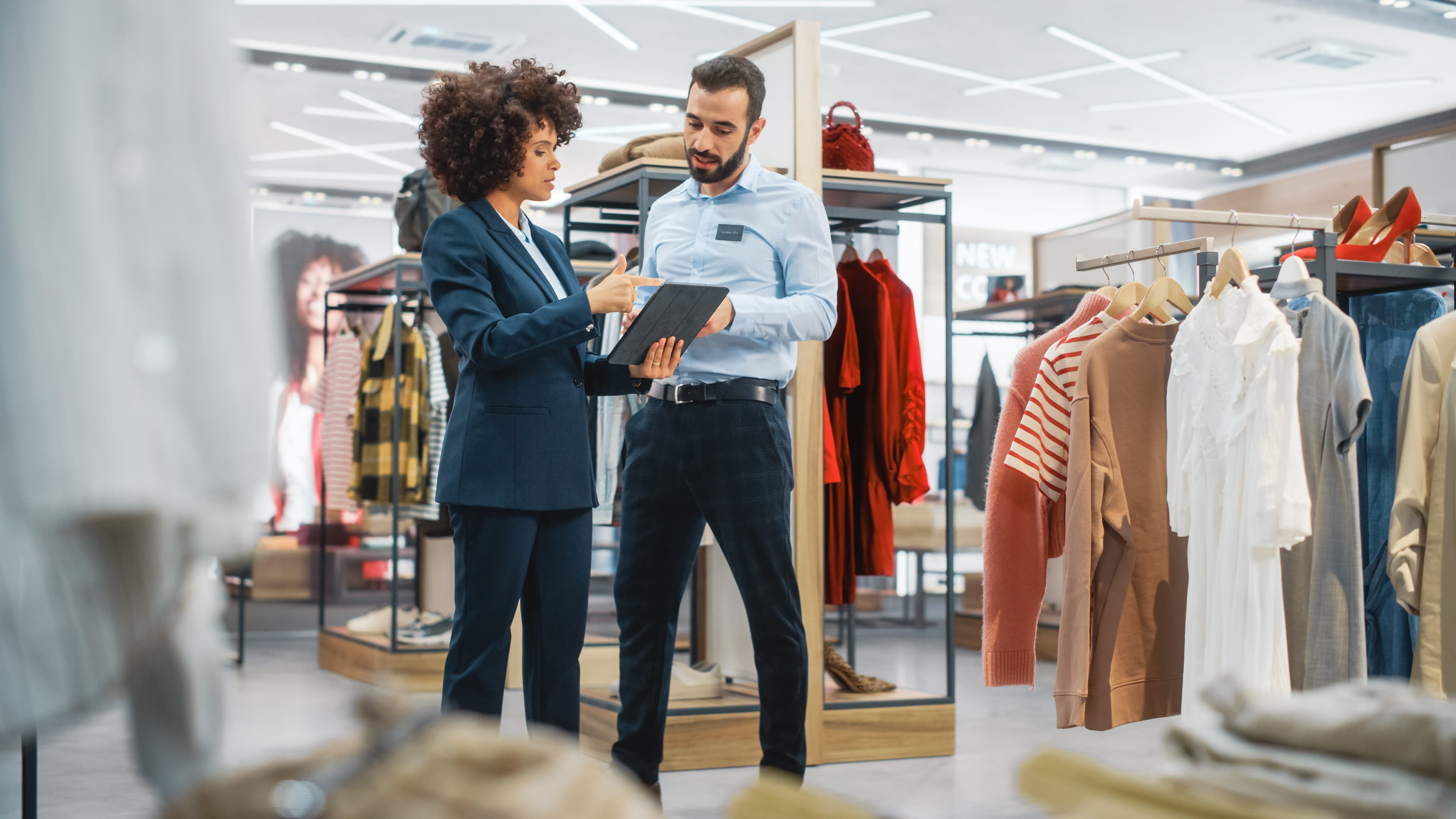
9. Enhanced Customer Service
Retailers can use technology to provide excellent customer service through multiple channels, such as chatbots, social media, and mobile apps. By offering quick support and tailored assistance, businesses can improve the overall customer experience and establish lasting relationships. Geek Squad, a technical support service provided by Best Buy, employs AI-powered chatbots to assist customers, which helps to increase satisfaction and loyalty.
10. Competitive Advantage And Adaptability
Retailers can gain a competitive edge in the dynamic market of today by embracing technology, including in-store analytics. By keeping up with technological advancements and consumer trends, businesses can quickly adapt to changing market conditions and consumer preferences. For instance, Nike's utilization of augmented reality (AR) technology in its stores enhances the shopping experience and distinguishes it from its competitors.
Technology, especially in-store analytics, has revolutionized the retail industry by providing various advantages to both businesses and customers. The integration of technology has allowed for optimized store layouts and personalized customer experiences, leading to enhanced efficiency, increased sales, and improved customer loyalty. As technology continues to progress, retailers need to embrace innovation to stay relevant and prosper in an ever-evolving digital world.
About the author:

Ashton Kirsten, Global Brand Manager, RetailNext
Ashton holds a Master's Degree in English and is passionate about physical retail's unbridled potential to excite, entertain, serve, and solve problems for today's shoppers.

